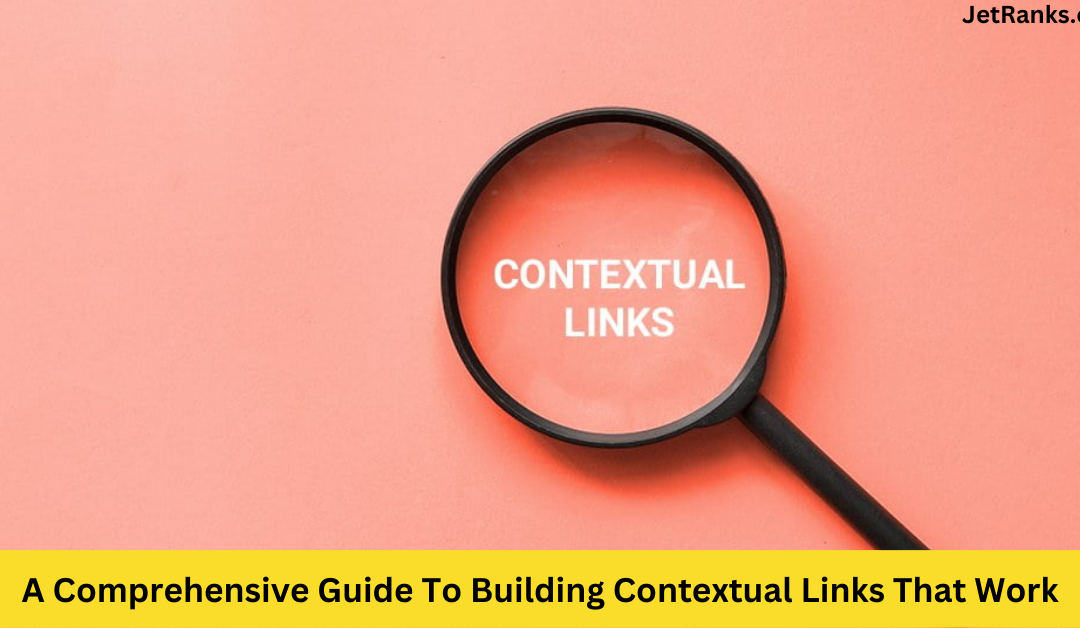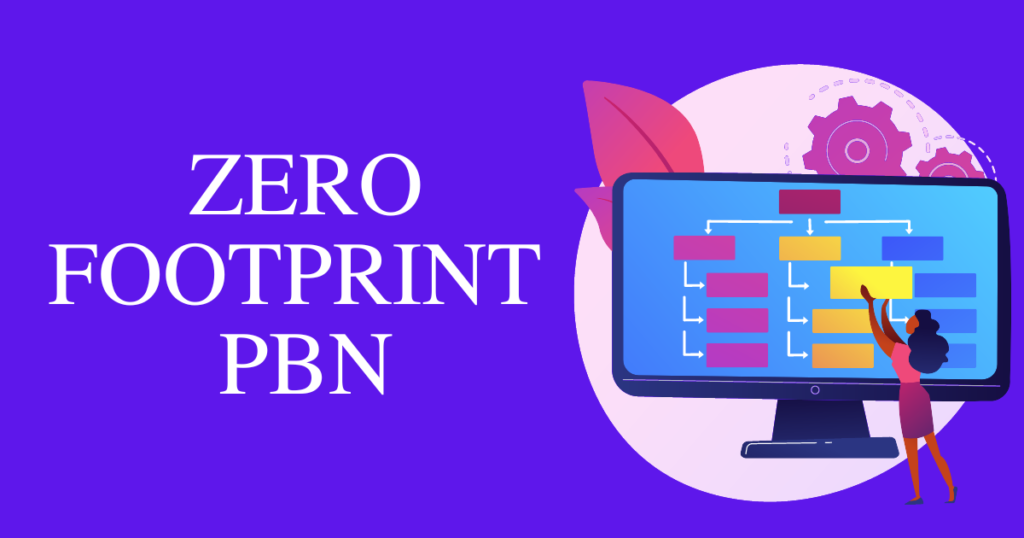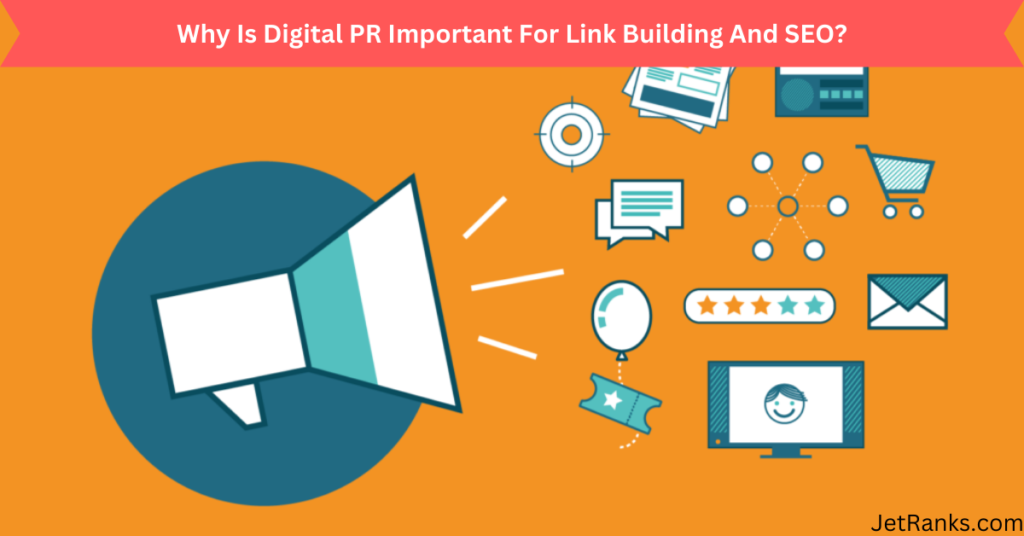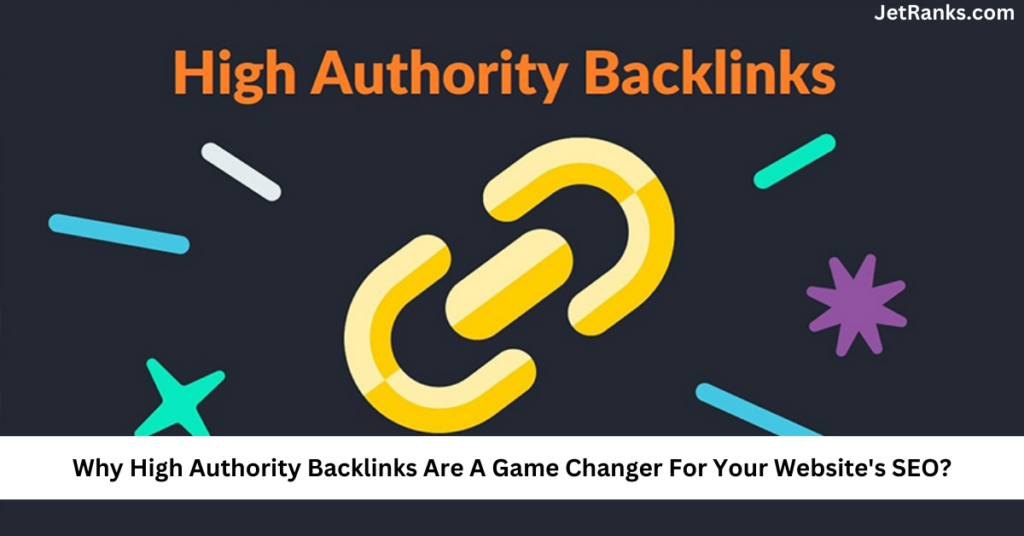What are Contextual Links?
If you want your website to perform well in the search engine results pages, you need to create contextual backlinks. Contextual backlinks are the most authoritative type of link and can provide your website with invaluable SEO benefits.
However, building contextual backlinks can be challenging. If you don’t know what you’re doing, you can waste time and energy on low-quality link-building strategies that won’t help your website rank.
In this comprehensive guide, we will cover everything you need to know about building contextual backlinks in 2023, including:
– What are Contextual Links?
– Why Contextual Links are Important
– How to Build Contextual Backlinks
– Start With Keyword Research
– Identify Quality Contextual Link Building Opportunities
– Create Content That Generates Contextual Links
– Utilize Link Building Strategies
– Measure and Monitor Link Performance
– What to Avoid When Building Contextual Links
– Avoid Low-Quality Link Building Strategies
– Avoid Link Stuffing or Over-Optimization
– Avoid Links from Unrelated Sites or Pages
By the end of this article, you’ll have all the tools and information you need to create quality contextual backlinks that will help your website rank. Ready to get started? Let’s dive right in!
Why Are Contextual Links Important?
Contextual links, also known as Contextual Backlinks, are links from one webpage to another related web page. Contextual link building involves the creation of links back to relevant content on a website that the content is relevant to. These links help to boost the relevance of a website in the eyes of search engine algorithms and can be used to improve the search engine rankings of a website.
Contextual links are an important part of search engine optimization (SEO) because they improve the visibility of a website within the search engine landscape, helping to attract more organic search traffic. Contextual links can also help a website capture more referral traffic because they create a pathway for users to find a website organically rather than relying on ads or other methods to find the website.
Contextual links may be placed in a website’s content, but they can also be placed in the coding of the website in order to direct search engine crawlers to the correct web pages. Contextual link building is the process of creating links to relevant content within a website’s content and coding for backlinks. Additionally, contextual links may be placed in other forms of media, such as blogs, videos, and podcasts.
For contextual link building to be effective, the content context needs to be relevant to the target webpage. The link must also be placed authoritatively and naturally without sounding spammy or promotional. Relevant, high-quality backlinks are the key to successful contextual link building.
Contextual backlinks are a powerful SEO tool, and when used correctly, they can have a huge impact on a website’s search engine rankings. Contextual link building has the potential to attract organic search traffic and should be an important part of any website’s SEO strategy.
How to Build Contextual Backlinks?
Creating contextual backlinks is essential to improving your website’s ranking and visibility. Having quality contextual backlinks from reputable websites can help you reach new audiences, gain more online traffic, and boost your online presence. In this section, we will cover how to build contextual backlinks effectively by starting with keyword research, identifying quality contextual link building opportunities, creating content that generates contextual links, utilizing link building strategies, and measuring and monitoring link performance.
1. Start with Keyword Research
If you want to ensure your Contextual Backlinks and Contextual Links are effective, then keyword research is the essential first step. Doing keyword research ensures that the Contextual Link Building you do will be targeted to the right audience and will be beneficial in driving traffic and conversions to your website. When researching keywords, be sure to consider their monthly search volume, competitiveness, and relevance. Collect a list of keywords that have the potential to draw in more interested customers to your site and save them for later use. The key is to make sure you include relevant keywords for the context. The keywords should be directly related to the content and the product/service you’re offering.
2. Identify Quality Contextual Link Building Opportunities
When building contextual links that work, it’s important to identify quality contextual link building opportunities. Start by understanding what makes a contextual link valuable. Generally, you’re looking for highly authoritative websites where your link will fit naturally within the content and provide value to the reader.
Research keyword phrases relevant to your target audience and the content you are linking to. This will help you locate opportunities for contextual link-building that are likely to be more successful. It would be best if you also kept an eye out for blogs, forums, and other resources that allow users to post comments and links with their own content. These are generally good candidates for contextual backlinks as long as the content is relevant and high-quality.
Another great way to find quality link-building opportunities is to search for relevant websites that already link to content similar to yours. You can then contact the website owners or guest post on their sites to increase the chances of getting a contextual link to your content.
Finally, consider contacting industry influencers or bloggers interested in featuring or linking to your content. A well-crafted email can often lead to a fruitful relationship and a backlink for your site.
By identifying quality contextual link-building opportunities, you’ll increase the chances of your contextual backlinks positively impacting your website.
3. Create Content That Generates Contextual Links
When building effective contextual backlinks, the best approach is to create content that incentivizes other websites to link to it. This means creating quality content that will draw attention to your website and be worth linking to. A few tips to consider when trying to create content that will generate contextual links include:
• Ensure your content is relevant and up-to-date with the latest trends
• Focus on creating content that is informative, entertaining, or entertainingly informative
• Provide something that would appeal to the linker’s audience
• Make sure your content is long enough to be worth linking to
• Use data to back up claims or arguments
• Try to write for an audience larger than just your own
• Use multimedia such as videos and images
• Look for opportunities to create content that will be viewed as an authority on a particular subject
By utilizing the above tips, you can create content that will draw attention and result in other websites linking to you through contextual backlinks. This is an important component of effective and efficient contextual link building.
4. Utilize Link Building Strategies
Contextual link building can be a powerful tool to increase a website’s visibility, boost traffic, and improve its ranking on search engine results pages. To build contextual backlinks effectively, it’s important to understand the different link building strategies.
The most commonly used link-building strategies include guest posting, blog commenting, broken link building, and profile links. With guest posting, you’ll create content for someone else’s website or blog in exchange for a link. With blog commenting, you’ll comment on relevant blog posts and include your link in the comment. Broken link building requires finding and fixing broken links on the web and replacing them with your own. Finally, profile links involve creating profiles on high-authority websites and adding links back to your website.
Whatever link-building strategy you choose, remember that creating contextual links should always be your priority. Contextual backlinks are links naturally found within content, such as blog posts, articles, and other informational resources. Search engines give these links more weight, so they are an important part of any successful link building campaign.
5. Measure and Monitor Link Performance
Measuring and monitoring contextual backlinks’ performance is important in any link-building campaign. Contextual link building can be extremely effective, but it is also important to take into account the impact of backlinks on SEO rankings. The best way to measure the success of contextual link building is to use appropriate analytics tools to track the number of organic visits and referral links coming from the contextual backlinks.
This data can help you determine which links are bringing the most benefit to your website and adjust your link-building approach accordingly. Additionally, it is important to monitor the quality of contextual links to ensure that they are up-to-date and relevant to the content of the page they are pointing to. Regularly auditing and maintaining the quality of your contextual links ensures your link-building efforts are as successful as possible.
6. What to Avoid When Building Contextual Links?
Contextual backlinks are an important part of link building, and when done properly, they can have a powerful impact on your SEO ranking. However, you should be aware of some important do’s and don’ts when it comes to contextual link building.
First and foremost, avoid creating artificial contextual links. These are links that have been placed with the sole purpose of manipulating search engine rankings. If a link doesn’t naturally fit in with the content of your page, search engine crawlers will identify it and penalize your website accordingly.
Another common mistake to avoid when building contextual links is link stuffing or cramming links into a page without the context of the content. Not only is this a potentially manipulative linking practice, but it can also overwhelm or distract visitors. Creating a balance of natural, relevant links and content is important.
Additionally, avoid using generic anchor text when creating contextual backlinks. Instead, focus on using anchor text that is relevant to the content. Search engines are able to recognize when links have been placed in a non-contextual way, and this can have a negative effect on your ranking.
Finally, when creating contextual backlinks, focus on building quality links. Avoid creating backlinks from low-quality websites. Instead, look for websites with authoritative content and high domain authority to ensure your backlinks are as powerful as possible.
By avoiding these common mistakes, you can ensure that your contextual links are effective and provide value back to your website.
7. Avoid Low-Quality Link Building Strategies
You must focus on quality over quantity when it comes to contextually relevant link building. Low-quality link-building strategies such as link farms, irrelevant backlinks, and buying or trading links can harm your website’s credibility and Google’s trust in your authority. Although it is tempting to bloat your link profile and gain quick traffic, Google’s algorithms are sophisticated and can detect backlinking schemes and unnatural link-building practices.
Therefore, ensuring your link-building practices are carefully chosen and include only highly relevant, quality backlinks are important. When selecting Contextual Backlinks, be sure to choose websites that are of similar relevance, have high domain authority and a good reputation, and will link to you naturally and contextually. Deliberately promoted Contextual Links from unrelated websites can be seen as spam and should be avoided. When building Contextual Link building strategies, remember that quality always comes first.
Avoid Link Stuffing or Over-Optimization
When creating Contextual Backlinks, it is essential to be mindful of link stuffing or over-optimization. Link stuffing and over-optimization are simply a way of manipulating search engine algorithms by cramming too many Contextual Links into a single page or post rather than creating meaningful content containing a few meaningful links. Link stuffing provides no value to the reader and can harm your search engine rankings. Instead, focus on creating high-quality content with valuable Contextual Links relevant to your topic. This will help your readers find the necessary information and boost your search engine ranking.
Avoid Links from Unrelated Sites or Pages
When it comes to effective contextual link building, links from unrelated pages or websites must be avoided. Contextual backlinks should be placed on websites related to your page’s content. For example, if you are creating an article on nutrition and want to include a link to an external website, make sure that the link is from a page related to nutrition. When it comes to contextual link building, it’s important to focus on quality rather than quantity, and you shouldn’t use links from sources irrelevant to your content.









